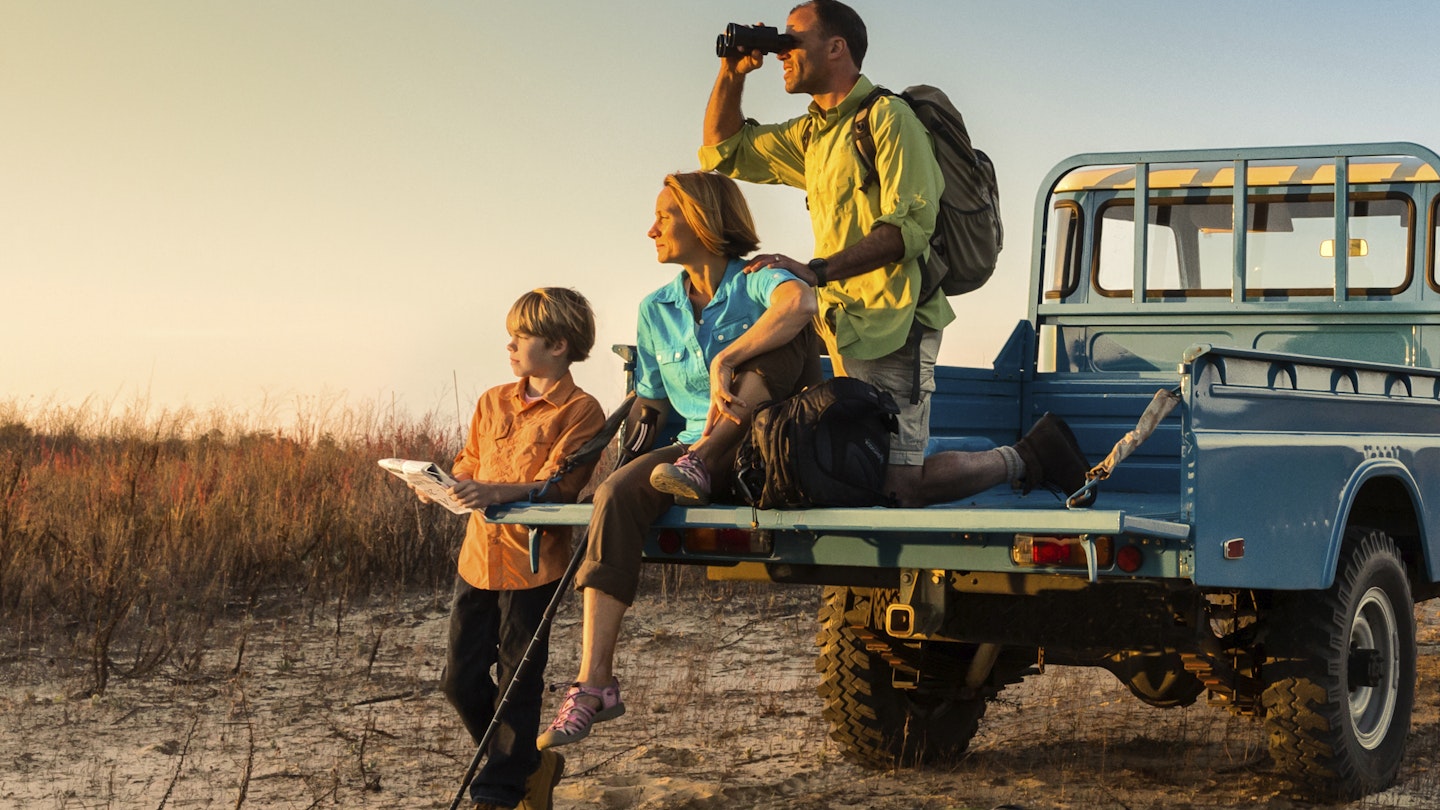Tips for Planning a Family-Friendly Safari Experience
From an early age, children are often enthralled by the natural world, and the chance to see the animals they’ve learned about in their natural habitat can lead to an incredible family trip. However, venturing into the wild typically involves significant travel, substantial patience, and a firm understanding of safety instructions, making the idea of a safari feel better suited to adults and older teenagers.
Fortunately, for those dreaming of taking younger kids on a wildlife-watching tour in Africa or the rainforests of South and Central America, numerous options are available to make a safari family-friendly.

1. Start Small
Before embarking on a full safari, consider weaving a visit to a game park into your next family holiday. Game parks provide a protected area where wild animals live naturally, offering accessibility and visitor-friendly setup for a day trip. By starting with a game park, you can gauge how long your children can enjoy watching wild animals and understand how to manage extended periods of waiting in a vehicle. South Africa presents a great opportunity to combine game parks with family-friendly attractions, like the penguins at Boulder Beach and the scenic Garden Route.
2. Check Age Limits
Due to safety considerations, many safari organizations impose age limits, often requiring children to be at least 12 years old. Be sure to read the fine print before committing financially. Even if a company allows younger children, engage in a thorough conversation about their practices regarding child safety during outings. Different organizations define ‘family-friendly’ in various ways, so choose a provider recommended by other families or those offering family-specific itineraries. Furthermore, inquire about group dynamics, as a large group of older travelers may not be the ideal travel companions for your family.

3. Choose Your Destination Carefully
Unless your children enjoy prolonged periods of confinement in moving vehicles, it is advisable to minimize travel time to the animals each day. Some safaris in East Africa are quite remote. For easier access, consider locations relatively near Nairobi (Nairobi National Park), Dar es Salaam (Mikumi National Park), or Namibia (Etosha National Park). Whichever destination you are considering, conducting thorough research is essential. Understand what a typical day looks like, whether animal sightings are common or rare, and how situations like unexpected toilet breaks for children will be managed while out on a safari.
4. Consider Self-Drive Options
The most challenging aspect of traveling with children is often navigating public spaces. Since taking a safari is a significant investment, you don’t want to feel responsible for ruining someone else’s experience due to your children’s actions. Self-drive safaris offer families the flexibility to choose their duration of outings, return to camp as necessary, and keep boredom at bay with snacks. To enhance the adventure, consider hiring camper vans with roof tents for added excitement.
5. Invest in Local Guides or Private Tours
A good local guide can significantly enhance your safari experience. They can engage your kids, educate the entire family, showcase wildlife you might otherwise miss, and lighten the adults’ load during the trip. Additionally, utilizing local guides contributes positively to the community you are visiting, reinforcing the importance of sustainable tourism.

6. Bring Binoculars and Wildlife Books
A valuable tip from family travel blogger Jurga Van Steenbergen is to provide each family member with their own set of binoculars, ensuring they take responsibility for them. When those elusive wildlife moments arise, you want to avoid a tug-of-war between siblings. Additionally, stocking up on children’s books detailing the animals observed during the safari can enrich the experience, as spotting distinctions among common animals can provide engaging activities for kids.
7. Help the Kids Capture the Moment
Consider giving each child their own camera, allowing them to create their own memories without accumulating costly prints of blurry photographs. In the event of a lengthy wait, letting each child capture their experiences can serve as an excellent diversion. A sketchbook can also help them document their observations, and you can photograph their creations for a memorable ‘trip of a lifetime’ photobook.

8. Don’t Forget About Birds or Smaller Creatures
While the larger animals, such as the big five in Africa or tigers in India, attract the most attention, children tend to find fascination in observing smaller animals as well. Encourage your kids to explore birdwatching and appreciate the less prominent wildlife. Engaging their curiosity expands their appreciation for nature’s diversity and can lead to discoveries of the “little five” found everywhere from Central America to Ethiopia.
9. Stay Somewhere with a Pool
Safaris demand quiet and patience, so having ways for kids to expend energy after returning from wildlife drives can greatly improve family dynamics. A swimming pool is ideal for most kids, but amenities like playgrounds or sports courts can also be beneficial. Integrating a mix of wildlife-watching days and active days can be effective, especially in regions like Costa Rica, though it may be less feasible in the African wilderness.
10. Be Prepared to Be Vigilant
Finally, taking children to observe wildlife often comes with essential health and safety considerations. Kids must comprehend and follow safety instructions, emphasizing the importance of staying with adults and not leaving designated areas. As a guardian, remaining vigilant at all times is crucial. While enjoying a sundowner in the African bush, you want to cherish the calm and beauty, rather than worrying if your child is attempting to befriend a nearby zebra when your attention is diverted.





